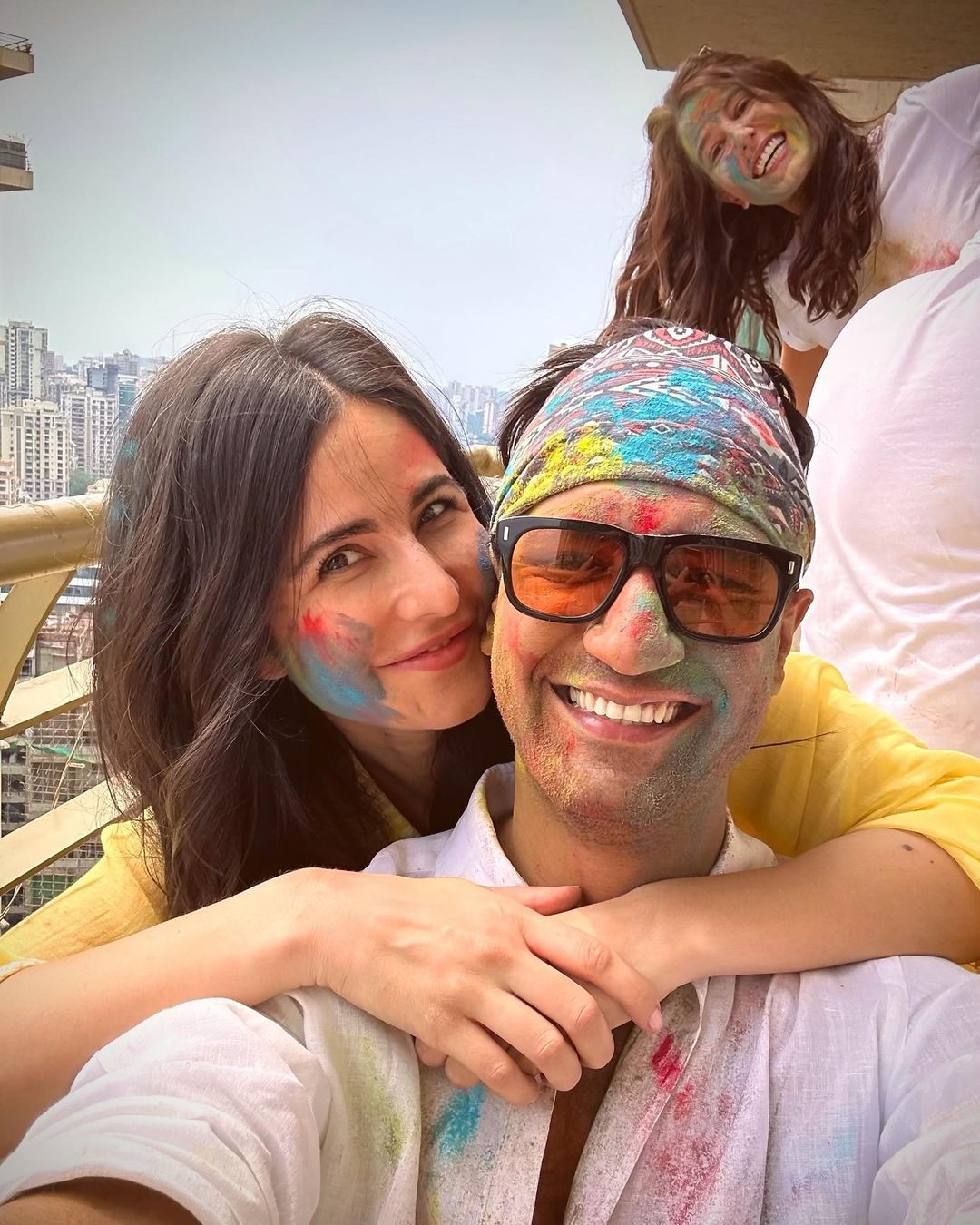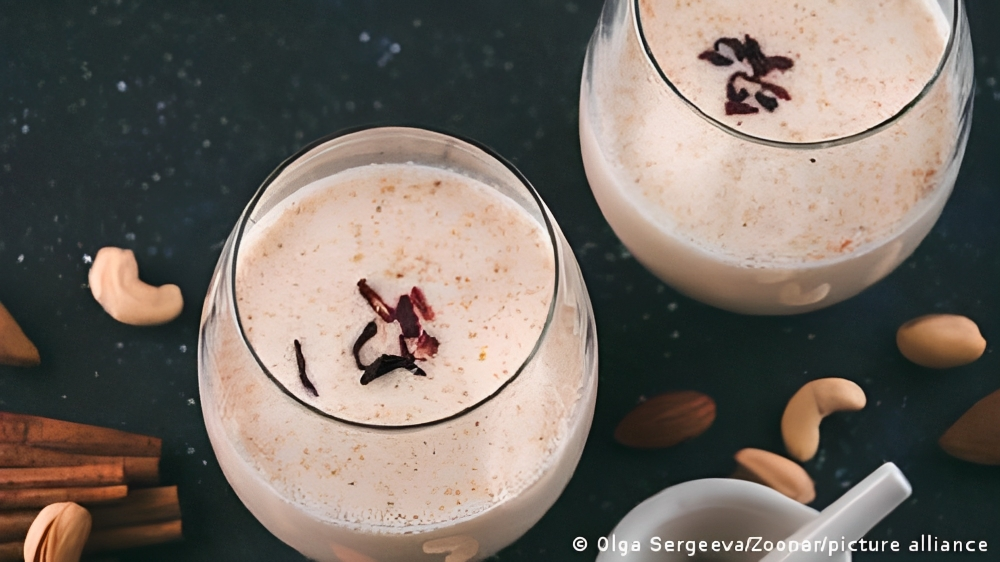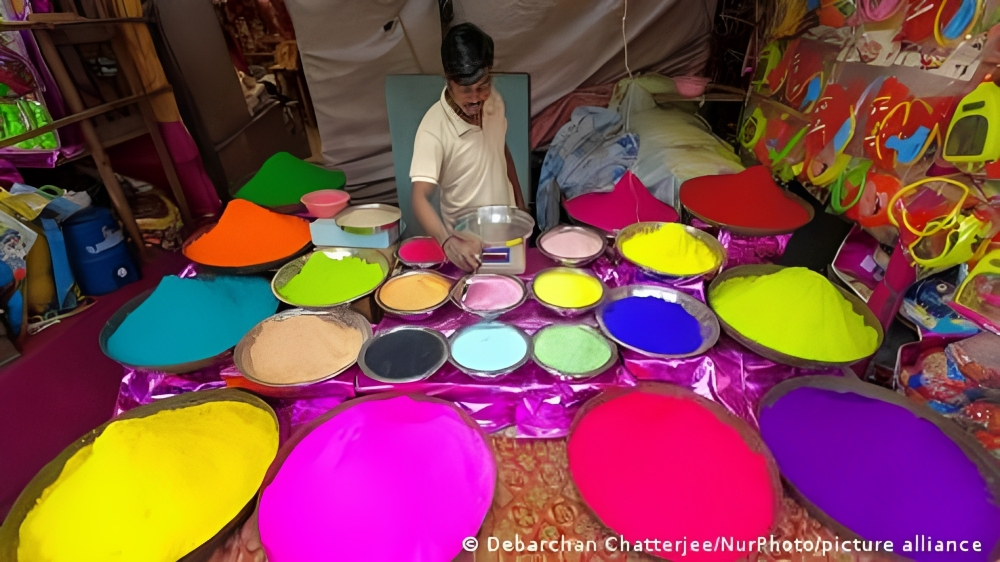Five facts about Holi, the festival of colours
From its origin in Hindu legend to special drinks spiced with fresh cannabis, here are some basics about Holi
1678254632-0/image_2023-03-08_10_46_45-(1)1678254632-0-640x480.webp)
How do many celebrate Holi? From its origin in Hindu legend to special drinks spiced with fresh cannabis, here are some basics about Holi, which is being celebrated today.
1. The origins of Holi
According to the Hindu calendar, Holi falls on the last full moon of winter. Traditionally, it is celebrated in the northern parts of India, but is now popular across the country.
Legend has it that a king of the demons — Hiranyakashyipu — demanded that everyone worship him as a god. But his son, Prahlad, opposed him, which made the king angry. Hiranyakashyipu devised many evil plans to kill his son, but failed miserably.
Finally, the king's sister, Holika, who was a sorceress, decided to make it her mission to kill the boy. She would sit in a giant bonfire with Prahlad and while her magic powers would protect her, the boy would die. However, her plans likewise failed. The boy survived, while the sorceress burned to cinders.
In many regions, the Holi festival heralds the passing of the cold winter season and the advent of warmer weather, but it also celebrates the victory of good over evil. In Mathura, in northern India, people observe Holi as a celebration of the love between the Hindu god Krishna and his lady love, Radha, and reenact scenes from their lives.
 2. Traditional Holi food
2. Traditional Holi food
Every Holi festivity in India is associated with the special food that is prepared to celebrate the event. The homemade "gujiya," a mix of nuts and raisins encased in sweet pastry, is traditionally prepared by women in the family on the previous evening of the holiday. Other traditional Holi dishes include "malpua" — fried sweet pancakes; stuffed breads, called "kachoris" — and the ubiquitous "laddoos," dessert balls made of coconut, wheat or chickpea flour.
-(1)1678252814-0/WhatsApp-Image-2023-03-07-at-21-08-07-(1)-(1)1678252814-0.png) 3. The traditional Holi drink
3. The traditional Holi drink
Holi is incomplete without the traditional bhang, a drink made of fresh cannabis leaves. A couple of days before Holi, bhang enthusiasts join hands to undertake the tedious task of separating the buds and leaves from the cannabis sativa plant and grind them into a paste. The mixture is added to traditional sweets or mixed with sweetened almond milk as a treat for the special day.
 4. It's Holi-day!
4. It's Holi-day!
Festivities start in the evening when families set up bonfires to symbolise the burning of Holika, the sorceress who wanted to kill Prahlad. On the day of Holi, revelers partake of a traditional Indian breakfast and gather with their families and friends to celebrate.
"Holi Hai," Hindi for "it's Holi," is a cue for everyone to gather in one spot, throw and spray colours at each other, and generally make a racket. If you're lucky, you'll get away with good-quality organic colour on your person and minimal harassment. If you're unlucky, enthusiastic crowds may carry and dump you into the nearest muddy puddle or you may find yourself doused with permanent, artificial colours that leave your hair and face purple for days on end.
 5. Holi songs
5. Holi songs
Songs, including folksongs and Bollywood hits, are a Holi fixture. Neighbourhoods often blast religious and festive dance music from stereo speakers placed where people gather to play around with paints and colours.
Many songs, especially Bollywood numbers, have become synonymous with Holi in the past several decades. Perhaps the most popular voice associated with a Holi song is the one sung by Bollywood super star Amitabh Bachchan. Rang Barse is quintessential Holi, replete with drugs, dancing, adulterous flirtation and sexual innuendo.
Have something to add to the story? Share it in the comments below.









1733130350-0/Untitled-design-(76)1733130350-0-208x130.webp)









COMMENTS
Comments are moderated and generally will be posted if they are on-topic and not abusive.
For more information, please see our Comments FAQ